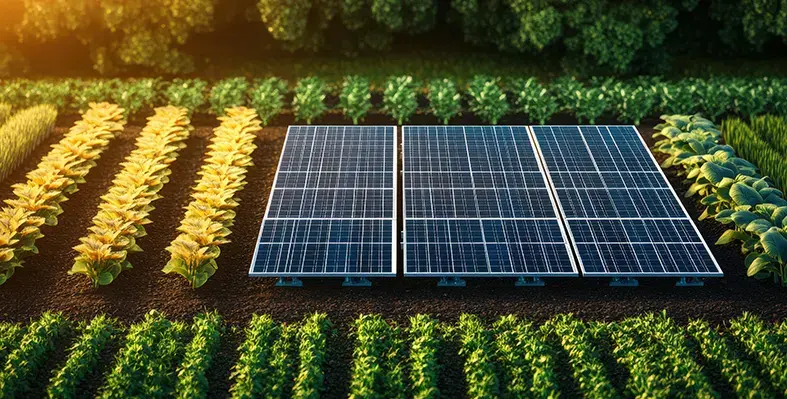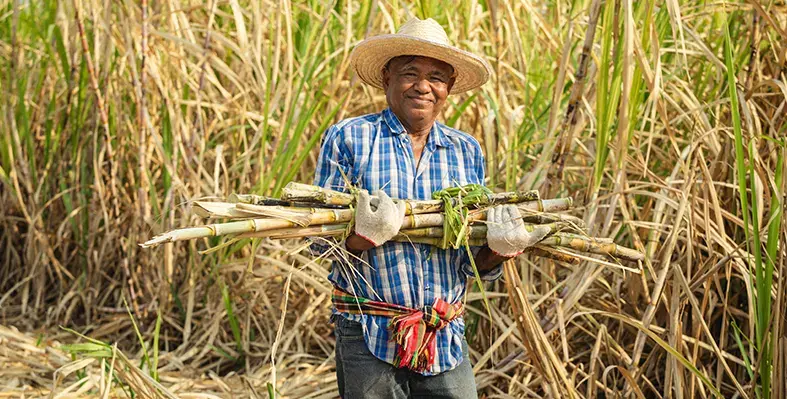
The project, called Pastoralism and Livestock Marketing in Cameroon, Nigeria, Chad Cross-Border Territories (PASCO), is set to run for four years.
Action Against Hunger (ACF), together with national and regional partners, has launched a £10mn livestock development project aimed at improving the livelihoods of pastoral and agro-pastoral communities in Nigeria, Chad, and Cameroon.
The project, called Pastoralism and Livestock Marketing in Cameroon, Nigeria, Chad Cross-Border Territories (PASCO), is set to run for four years. It focuses on boosting resilience, increasing income, and strengthening livestock trade across borders by building better market systems and enhancing value chains.
The initiative was introduced at a national workshop held in Yola. Representing ACF Nigeria Country Thierno Diallo, Director and Emmanuel Pmabi, the field coordinator in Borno, explained that the project targets vulnerable communities in the Lake Chad Basin.
“The project will improve livelihoods, particularly for women, youth, and vulnerable agro-pastoral communities. It will open up new markets and ensure reliable off-takers for livestock products,” said Diallo.
He highlighted that beyond climate challenges, poor access to markets has held back livestock producers. PASCO is expected to fix this gap by creating sustainable trading systems.
Jocelin Glaguidi, chief of party for PASCO, described the project as a necessary step to help communities facing economic and security difficulties. “This project will promote inclusive governance, cross-border trade, and sustainable natural resource management within the Lake Chad Basin,” he said.
Alhaji Idi Maiha, the federal minister of livestock development, welcomed the launch, saying it supports Bola Tinubu President's renewed focus on livestock development, marked by the creation of a dedicated ministry in 2024.
“With the right infrastructure, enhanced security, and strong collaboration among the three countries, we can develop seamless cross-border livestock value chains that will benefit pastoralists and increase national revenue,” the minister stated.
He acknowledged existing problems such as insecurity and the effects of climate change, but assured stakeholders that the government is working on solutions.
Dr. Emmanuel Kadal, Borno’s State technical director of livestock development, praised PASCO for aligning with ongoing state efforts. “The governor has established international cattle markets in several local government areas to restore livelihoods and enhance resilience in post-conflict communities. This project will further boost productivity,” he said.
The project is funded by the French Development Agency (AFD) through the Minka Peace and Resilience Fund. Implementation is led by IRAM in partnership with ACF and other local and regional actors.
The launch event brought together government officials, NGOs, and community leaders from across the Lake Chad region.











